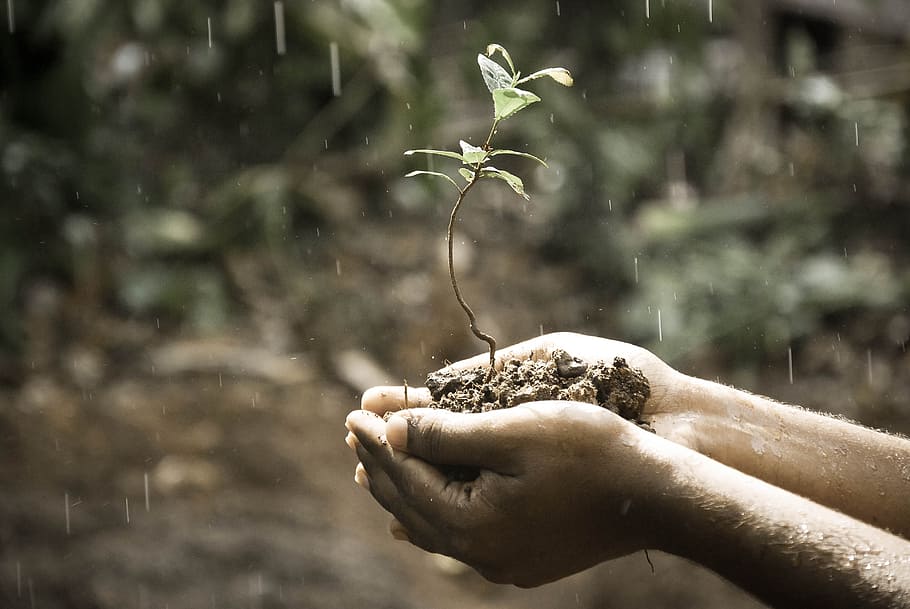Mangoes, the 'King of Fruits,' are loved worldwide for their sweet, tropical flavor and rich nutritional profile. However, not all mangoes are created equal. This article embarks on a journey to compare and contrast the mangoes grown in various parts of Africa with those cultivated across the globe. We will delve into the nuances of taste, texture, nutritional value, and the influence of terroir on these factors.
Taste: A Symphony of Flavors
African mangoes, particularly those from Kenya, Senegal, and Mali, are renowned for their sweetness, with a hint of tartness that creates a balanced flavor profile. In contrast, mangoes from other parts of the world, such as the Alphonso from India or the Ataulfo from Mexico, exhibit a range of flavors from intensely sweet to subtly tangy. The taste of a mango is significantly influenced by the soil and climate in which it is grown, leading to these regional variations.
Texture: A Matter of Preference
The texture of mangoes can vary significantly, from buttery and smooth to fibrous and juicy. African mangoes, like the 'Apple Mango' from Kenya, are known for their firm, fibrous texture. On the other hand, global varieties like the 'Haden' from Florida or the 'Chaunsa' from Pakistan are prized for their smooth, buttery flesh. The texture of a mango can greatly influence the eating experience and is a crucial factor in its culinary applications.
Nutritional Value: A Wealth of Health
Mangoes, regardless of their origin, are a nutritional powerhouse. They are rich in vitamins A and C, fiber, and various essential minerals. However, certain African varieties, such as the 'Irwin' from South Africa, are noted for their exceptionally high vitamin C content. Comparatively, the 'Tommy Atkins' variety from Florida is known for its high fiber content. Understanding these nutritional differences can guide consumers in making choices that align with their dietary needs.
Terroir: The Influence of Environment
Terroir, a term borrowed from the wine industry, refers to the environmental factors that affect a crop's phenotype, including unique aspects of the geography, geology, and climate. African mangoes, grown in diverse climates from the arid Sahel region to the humid coastal areas, exhibit a wide range of characteristics. In contrast, mangoes from more temperate regions like Spain or California may have a different flavor profile due to their unique growing conditions. The concept of terroir reminds us that the taste of each mango is a reflection of the land from which it comes.
From the sweet and tart African mangoes to the diverse varieties cultivated worldwide, each type of mango offers a unique taste, texture, and nutritional profile. These differences, shaped by the terroir of their growing regions, contribute to the rich tapestry of flavors we associate with this beloved fruit. As we continue to enjoy mangoes, let us celebrate the diversity and richness that each variety brings to our tables.
